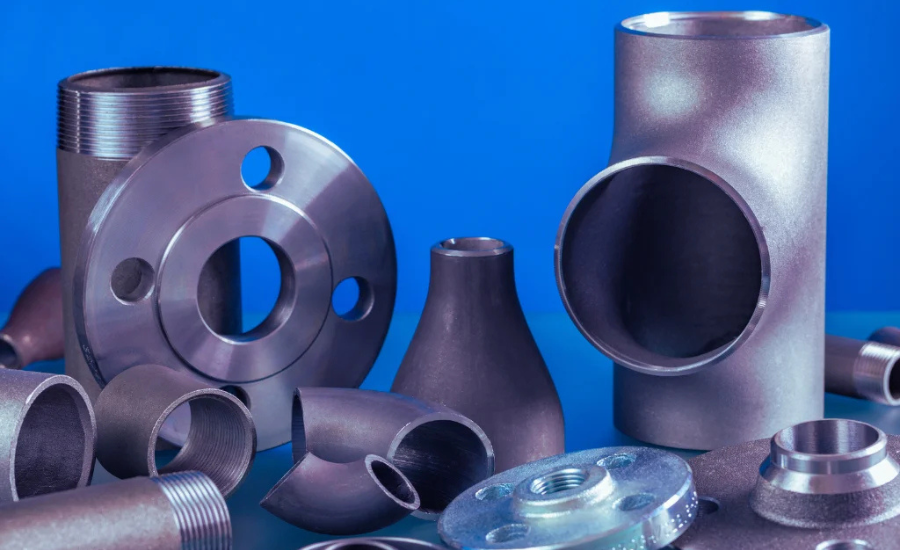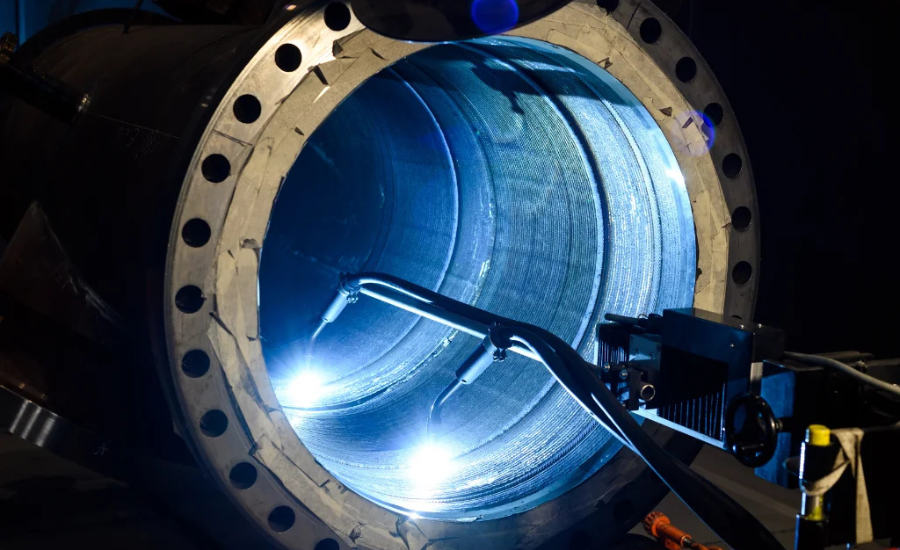Top 5 Advantages of Using Buttweld Fittings in Industrial Applications
In industrial applications, reliable and durable connections are critical to ensuring the efficiency and safety of piping systems. One of the most widely used solutions for joining pipes is buttweld fittings. These fittings provide a seamless and robust way to connect pipes in various industries, including oil & gas, petrochemical, power generation, and water treatment. In this blog post, we’ll explore the top 5 advantages of using buttweld fittings in industrial applications, demonstrating why they are a preferred choice for many engineers and project managers. Strength and Durability When it comes to industrial piping systems, strength and durability are non-negotiable. Buttweld fittings
Butt-Weld vs. Socket-Weld: Which Fitting Is Right for Your Project?
When it comes to connecting pipes and tubes in a variety of applications, choosing the right type of fitting is crucial. Two common types of pipe fittings are butt-weld and socket-weld. Each has its strengths and ideal use cases. In this post, we’ll break down the differences between these two fitting methods, so you can make an informed decision for your next project. Butt-Weld Fittings: Strength and Seamlessness What is a Butt-Weld Fitting? A butt-weld fitting is joined to pipes by welding the ends of the pipes together. This type of fitting is often used in high-pressure and high-temperature
Choose the Right Butt-Weld Fitting for High-Pressure Applications
When dealing with high-pressure systems, selecting the right butt-weld fitting is crucial for ensuring safety, reliability, and efficiency. Butt-weld fittings are known for their strength and ability to handle demanding conditions, but not all fittings are created equal. Here’s a guide to help you choose the best butt-weld fitting for your high-pressure application. Understand Your Pressure Requirements Determine the Maximum Operating Pressure Pressure Ratings: Fittings are rated for specific pressures, usually indicated in pounds per square inch (psi) or bar. Make sure the fitting you choose can handle the maximum pressure your system will experience. Safety Margin: It’s advisable
Choosing the Right Flange for Your Pipeline System: Key Facts
Choosing the Right Flange for Your Pipeline System: Key Considerations When designing or maintaining a pipeline system, selecting the right flange is crucial for ensuring a secure and efficient connection. Flanges play a vital role in the integrity and functionality of a pipeline, and choosing the wrong type can lead to leaks, system failures, and costly repairs. Here’s a guide to help you navigate the key considerations for selecting the right flange for your pipeline system. Understand the Types of Flanges Flange Types and Their Applications Weld Neck Flanges: Ideal for high-pressure and high-temperature applications. They are welded to
- 1
- 2



